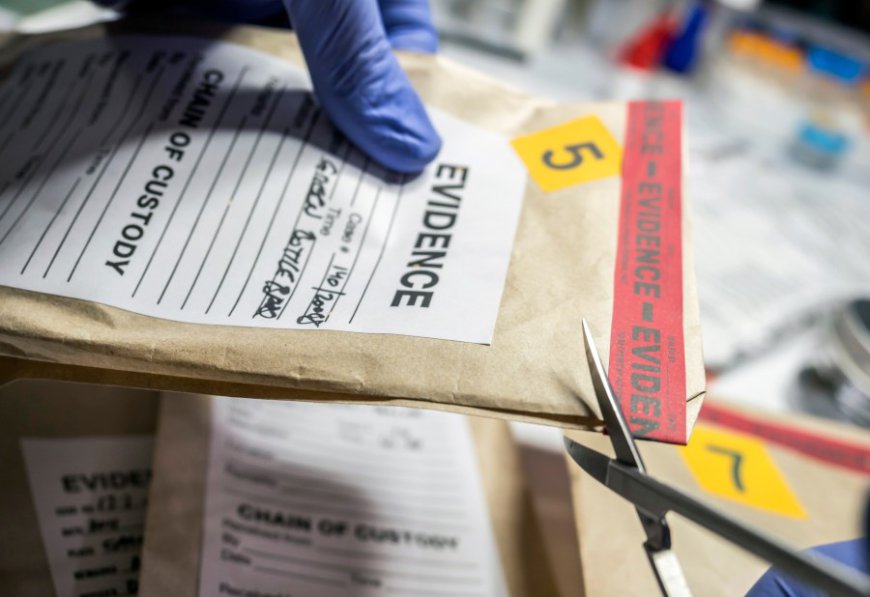Clarence Thomas’s killer jurisprudence
Death penalty or no death penalty, Thomas used the Ruben Gutierrez case to carry on his crusade of constitutional purification. And it shows the depth of his commitment to turning back the jurisprudential clock, even if it means that someone will die as a result.

Constitutional interpretation can sometimes seem abstract and disconnected from the fate of the people whose cases the Supreme Court decides. One could certainly get that feeling from reading the court’s June 26 decision about whether death row inmate Ruben Gutierrez could get the state of Texas to test DNA in its possession.
Gutierrez contends that such a test would show he should not have received a death sentence and be facing execution. But the 6-3 decision did not get to the merits of his request, focusing instead only on the highly technical question of whether judges could even hear it.
Gutierrez claims that Texas state law creates a “statutory entitlement” to DNA testing. More than 50 years ago, the Supreme Court found that if a government establishes a benefit for a group of people, no member of the group can be denied the benefit without being afforded due process of law. Since then, millions of Americans who receive any kind of government benefit have been protected by the court’s recognition of statutory entitlements.
Neither that fact nor the fact that Guttierez’s life was on the line received much attention from any of the justices. But the court’s decision became another occasion for Justice Clarence Thomas to carry on his crusade to turn back the clock on modern jurisprudence, even if it meant that Gutierrez would be executed and Americans of all walks of life would lose crucial protections.
Thankfully, Thomas's opinion did not prevail in this case. But that doesn’t mean his desire is any less chilling.
In 1986, the late Robert Cover, a justifiably famous Yale law professor, wrote an essay reminding readers that “Legal interpretation plays on a field of pain and death.” As Cover explained, “A judge articulates her understanding of a text, and as a result, somebody loses his freedom, his property, his children, even his life.”
Cover wanted judges to keep the consequences of what they do front of mind, and the rest of us not to get lost in the weeds of the opinions that judges write.
Gutierrez has been on death row since 1999, after he was convicted of robbery and murder. The victim was repeatedly stabbed as intruders searched her mobile home for cash. As the Supreme Court explained, under Texas law, a defendant can be sentenced to death if they “actually caused the death,” “intended to kill” or “anticipated” that someone would be killed. Gutierrez has always argued that he did not do any of those things and that DNA will show he was not at the crime scene.
He is trying to take advantage of a provision of Texas law, but he has a problem. As Justice Sonia Sotomayor notes in her majority opinion, the law allows DNA testing when a convicted person can show that they “would not have been convicted if exculpatory results had been obtained through DNA testing.”
Therein lies Gutierrez’s problem. He is seeking DNA testing to establish not that he is innocent, but rather that the state had no basis for seeking a death sentence in his case. Gutierrez claims that because the statute does not allow for post-conviction DNA testing where the sentence is at issue, it violates the Constitution’s 14th Amendment.
In his view, refusing access to that testing violated his “liberty interest” recognized in that amendment. But the Fifth Circuit Court of Appeals said that Gutierrez’s litigation should not go forward because there was nothing the courts could do to make the local prosecutor “reverse course and allow testing.”
Sotomayor’s majority opinion said that his suit could proceed because Article 64 established what she called a “state-created right.” That right went beyond the literal language of the law and entailed “other procedures essential to realizing the state-created right.”
Enter Justice Thomas. In his view, the very idea of a state-created right is utter nonsense. As he bluntly put it, “that premise cannot be squared with any principled reading of the Due Process clause.”
Thomas grounded his dissent in what he claimed was the original understanding of the word “liberty” in the 14th Amendment. At that time, he said, liberty “referred only to physical restraint. It did not include entitlements to state-created benefits” like access to DNA testing.
Looking to undo the past 50 years of Supreme Court precedent, Thomas invited his colleagues to “correct the error” the court made when it first recognized state-created rights.
Death penalty or no death penalty, Thomas used the Gutierrez case to carry on his crusade of constitutional purification. And it shows the depth of his commitment to turning back the jurisprudential clock, even if it means that someone will die as a result.
But it is not just Gutierrez’s fate that is on the line — so is the fate of millions of people who receive public assistance, student or small business loans, and other government benefits. That is why his colleagues on the Supreme Court should continue to reject Justice Thomas’s effort to turn back time.
Austin Sarat is the William Nelson Cromwell Professor of Jurisprudence and Political Science at Amherst College.
What's Your Reaction?
























